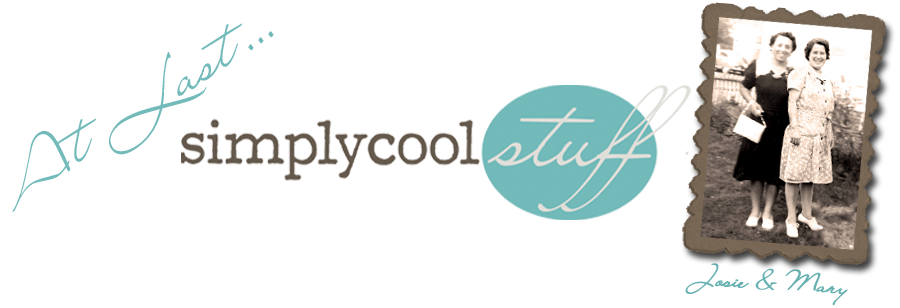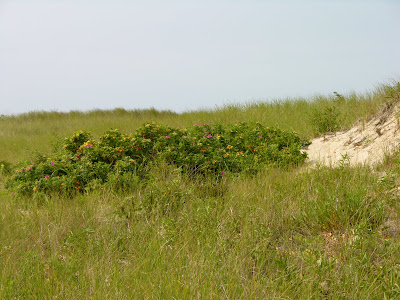"My heart aches, and a drowsy numbness pains My sense...." John Keats,1819
Ode to a Nightingale




Today I mourn a friend. Her name was Sophie and she no longer walks, as was her great passion. She was called to sleep, and rest she will. Ninety eight years young, and blessed with a Great grand-daughter born on her birthday!...So lucky, so very lucky. Her stories enriched my life with tales of times from long ago. I will remember how very hard she worked; I will remember how very much she loved strawberries.... I will miss you, Sophie.
The last Monday of each month will introduce a new column called Ode to whereby I highlight someone or something inspirational. It may be a series of photos, art work, food delights, just about anything interesting. I would love to have input, my devoted readers, and I welcome your suggestions for posts. Interested in being part of this feature? e-mail me!



































































